Sound Decisions: Addressing Noise in Energy and Infrastructure Projects
Written by Collin Crawford
September 29. 2025
In the world of large-scale energy storage, data centers, solar hybrids, and microgrids, noise is often perceived as a major issue. With AI driving demand for more power and grid infrastructure, the number of energy-intensive sites, and the associated public scrutiny is on the rise. Opposition is getting sharper, better organized, and more vocal, particularly in communities already fatigued by rapid development or burdened by environmental stressors. As the state reforms CEQA, the weight is shifting to local governments and the communities already burdened by noise or living next door to new projects
Noise is visceral. You feel it. The soundscape of every community is shaped by the lived experiences of residents. Projects located near homes, schools, parks, or hospitals are likely to receive closer attention Additional concerns may arise if the action impacts a dark-sky community, rural buffer zone, or tribal area.
Most cities and counties maintain enforceable thresholds, compatibility policies, and permit conditions that remain unchanged, even with efforts to streamline CEQA. If a project includes diesel backup generators, HVAC banks, inverters, or 24/7 operations, you’ll want to demonstrate compliance with those local standards before breaking ground. This is often done through quantified, site-specific noise analysis, using industry-standard tools like CadnaA, SoundPLAN, or TNM, and aligning with guidance from ANSI, FTA, and others.
Project developers that get out in front of this—through clear modeling, community communication, and early mitigation—are far better positioned to avoid costly redesigns or delays.
Following are strategies to keep projects moving forward:
Conduct noise screening early. Before obtaining site control, or filing for permits, determine the project site’s constraints.
Leverage the right modeling tools. Software like CadnaA or SoundPLAN allows you to visualize impacts, explore mitigation, and align your design with compliance—long before construction starts.
Design with noise in mind. Acoustics should not be treated as an afterthought and should be factored in at the site planning phase, along with equipment layout, hours of operation, and architectural shielding.
As infrastructure projects undergo accelerated reviews across the state, noise can be an indicator of how thoughtfully a project considers its surrounding community, its permitting obligations, and its long-term sustainability.
Whether the goal is to navigate permitting or engage with the surrounding community, managing noise remains an important consideration. In today’s environment of accelerated timelines and more concise documentation, noise continues to be a factor that can influence project outcomes.


